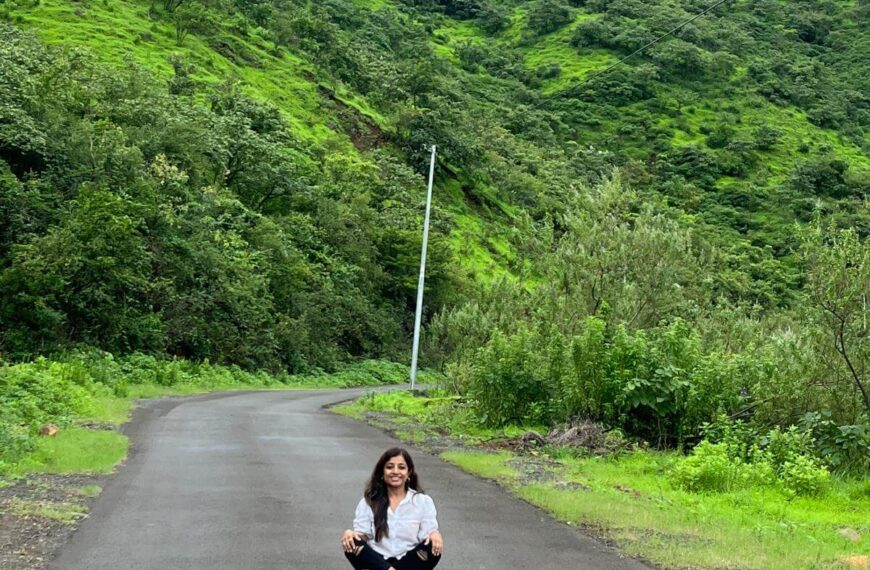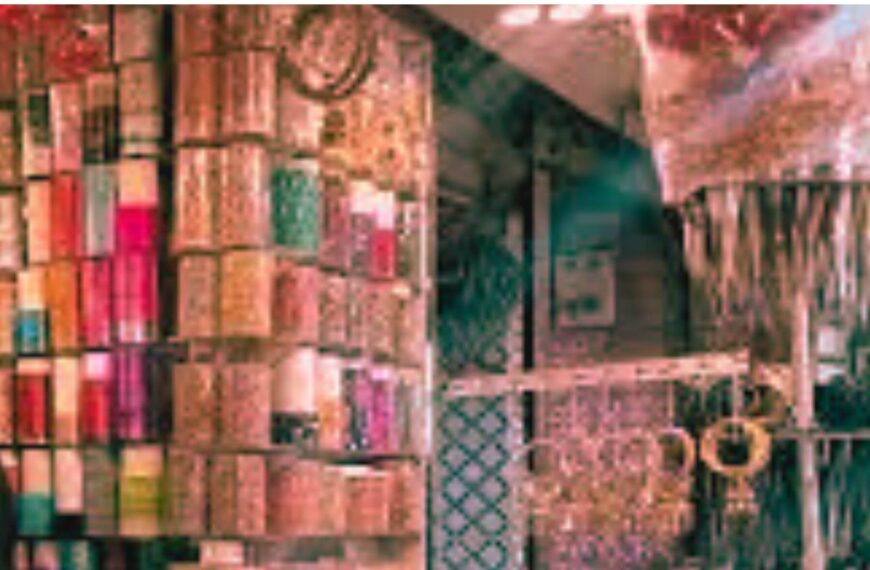Québec City (French, pronounced as kebɛk), is one of the oldest city in North America. It was founded, in 1608, by Samuel de Champlain. Anumita relives the four hundred years of history, in the second part of the three-part travelogue. A Different Truths exclusive.
Québec City (French, pronounced as kebɛk), is rightfully the capital of the Canadian Province of Quebec. It is one of the oldest city in North America, as it was founded in 1608 by Samuel de Champlain. Four hundred years of history has Quebec City as a capital of various regions. It was the capital of French Canada and of New France from 1608 to 1627 and 1632 to 1763. Then, it was the capital of the Province of Quebec and of Lower Canada from 1852 to 1856 and from 1859 to 1866. Its geographical location at the confluence of two rivers, St Lawrence and St Charles, makes it a very strategical point for the defense. No wonder the bank of Old Quebec is fortified with La Citadelle, which is an active military base.
Our drive from Montreal to Quebec consisted of a short stop for dinner, Tim Hortons of course. On our way, I noticed the road signs were in French primarily. Through a quick brush up of history, I had learned that Quebec Province (particularly Quebec City) had asked for seceding due to their French concentration. Keeping this in mind, I tried my best to get our order by using hand signs and pointing out to the board of pictures rather than mispronouncing the French names of the food. My husband decided to go for a second helping with potato wedges and a coffee. His order for coffee flew well but got stuck on explaining potato wedges. It was hilarious to watch the young French girl at the counter and my husband trying their level best to get an order of potato wedges be understood. After some laugh and good food, we reached our hotel.
Quebec is divided into Old Quebec and New Quebec. We decided to visit the Old Quebec due to our time constraint. The old part is called Old Quebec (Vieux-Québec). Its walled city is known as a World Heritage Site by UNESCO and termed as the ‘Historic District of Old Québec, in 1985’. So, armed with the local map and some tips from the hotel, we reached the Old Quebec and parked outside the walled city.
The first sight of the walled gateway of the city transported us into history. The only interruptions of time clash were when the huge buses and noisy cars beelined into the city. After few wrong turns, we huffed and puffed our way uphill to La Citadelle. It is a military installation of Royal 22e Régiment (the sole French language regular infantry), also the official residence of the monarch of Canada and the Governor General. It was around 10 in the morning and we were lucky to have a favorable weather to witness the guard change.
 The changing of the guards followed the whole custom of red coat band, marching and routine of relieving one set of guards who had been on duty. Their mascot Batisse, a goat, is present to preside the ceremony. In 1955, Queen Elizabeth II sent one her goats to the Royal 22e Régiment as a mascot. The generation of billy goats is well kept by their appointed handler. It was a fabulous ceremony with precision on both sides of the guards and the marching band.
The changing of the guards followed the whole custom of red coat band, marching and routine of relieving one set of guards who had been on duty. Their mascot Batisse, a goat, is present to preside the ceremony. In 1955, Queen Elizabeth II sent one her goats to the Royal 22e Régiment as a mascot. The generation of billy goats is well kept by their appointed handler. It was a fabulous ceremony with precision on both sides of the guards and the marching band.
As we walked through the military base with a guide who explained the importance of the base and its history, the clouds gathered. The tour took us in and out of buildings, which were previous gun powder storage and strong holds inside the walled fort. Then, we came to the highest part of the fort, where lines of canons were set on s emi circular channels. It gave the canons an 180o range looking out at the St Lawrence River. No wonder this was said to be a strong defense point.
emi circular channels. It gave the canons an 180o range looking out at the St Lawrence River. No wonder this was said to be a strong defense point.
At the end of the tour, we came across bust size statues of fallen soldiers and on the hillock beside it with flowers were written the words, “Je me souviens”, the literal translation would be “I remember”. It is a Quebecoise (Quebec belief) form of expressing that they remember their root, they remember their people and they remember their fallen comrades. It was a thought so beautiful and deep, it stayed with me throughout my visit to Quebec City.
After a lunch of local delicious crepes, we toured the Parliament Building. An ornate impressive eight-floor building with its wooden massive stairways at the center of the building. The building houses the Lieutenant-Governor and the National Assembly. Built from 1877 to 1886 by designer and architect Eugène-Étienne Taché, is situated just outside the entrance of the walled city of Old Quebec.
 With all the walking, up and down the cobbled streets, we decided to take the afternoon off and rest back at the hotel. After evening tea, refreshed, we walked all the way through the walled city towards the coastline.
With all the walking, up and down the cobbled streets, we decided to take the afternoon off and rest back at the hotel. After evening tea, refreshed, we walked all the way through the walled city towards the coastline.
A slice of Europe seemed to have settled in this area. The European architecture, restaurants, café, and stores were lively in the evening. The aroma of baked food and the clinking of wine glasses added to the music of the evening air.
evening. The aroma of baked food and the clinking of wine glasses added to the music of the evening air.
The huge impressive building of The Château Frontenac dominates the skyline of the Old City. Now a hotel, it is such an eye-catching building, that it seems as if the city grew around it. Below this huge building down the cliff was the Old Quebec’s commercial area.
We walked all the way down the steep stairways to the Place Royale and the Petit Champlain. The place is full of life and activity that can leave you dizzy with wonder. Narrow roadways, most for pedestrians, lined with shops of all varieties. Toys, clothing, paintings, jewelry, handmade artifacts and food of all variety were arranged one after other in alluring assembly. The colorful décor and the ancient style of the display were attractive.
full of life and activity that can leave you dizzy with wonder. Narrow roadways, most for pedestrians, lined with shops of all varieties. Toys, clothing, paintings, jewelry, handmade artifacts and food of all variety were arranged one after other in alluring assembly. The colorful décor and the ancient style of the display were attractive.
We had to stop for some ice-cream shakes for the kids and wine for us. Watching people from all over the world walk about in such a lively environment that it created food for thought. A whole day which can fulfill the mind and body is a day well spent.
Next morning, after a lazy breakfast we packed up to drive south. On the way made a stop at  Montmorency Falls. This falls is at the mouth of Montmorency River and falls over a cliff into the St Lawrence River. The 276-ft. high and 151-ft. wide falls have a man-made suspension bridge over it. Which gives a unique angle to watch the torrent of water fall. A tramway takes visitors from the ground level to a platform area, from where there is a pathway which leads to the bridge. The pathway is partially built on the face of the cliff like a wraparound balcony. Those with strong leg muscles can adventure along the stairways which trek up to the bridge from the other side of the falls. During the summer days, the iron content of the water gives a yellow glow. With the spray of the falls and the constant drizzle, we posed for few pictures and made our way down.
Montmorency Falls. This falls is at the mouth of Montmorency River and falls over a cliff into the St Lawrence River. The 276-ft. high and 151-ft. wide falls have a man-made suspension bridge over it. Which gives a unique angle to watch the torrent of water fall. A tramway takes visitors from the ground level to a platform area, from where there is a pathway which leads to the bridge. The pathway is partially built on the face of the cliff like a wraparound balcony. Those with strong leg muscles can adventure along the stairways which trek up to the bridge from the other side of the falls. During the summer days, the iron content of the water gives a yellow glow. With the spray of the falls and the constant drizzle, we posed for few pictures and made our way down.
Memories of Quebec filled in our soul, we drove down to Ottawa.
[To be continued]
©Anumita Chatterjee Roy
Photos by the author.
#TravelAndGetaway #TravellingToCanada #Quebec #QuebecCity #HistoryOfQuebecCity #VisitngQuebec #HistoryAndCulture #DifferentTruths






 By
By

